
Because of his strong associations with Eastbourne, Eric Ravilious was no stranger to the play of light on water, and with the shifts from sunlight to shadow. It is this sensibility that made his landscape work so unique in the canon of English art between the wars. In what was a relatively short career, cut short by a tragic and untimely death in 1942 whilst on service as Official War Artist, it remains a matter of conjecture as to what impression his work would have made on the emerging generation of the 1950s in Britain, and to what degree his work would have impacted on the new wave of artists and designers of the post-war period.
Despite his short life, the range of Ravilious's work was extraordinarily wide. The dexterity of his watercolour work was equally matched by the skill with with he applied himself to the field of design, be it ceramics, textiles or advertising, and the recent re-interest in all aspects of his work (culminating perhaps in 'Eric Ravilious-Imagined Realities' under the masterful curatorship of Alan Powers, and staged at London's Imperial War Museum in 2006) attests to the enduring power of this quintessential British artist.
Growing up in Eastbourne, Ravilious was very familiar with the surrounding landscape of the South Downs and adjacent coastline. Works such as 'The Downs in Winter' from 1934 and 'The Wilmington Giant' of 1939 are firmly lodged within the English psyche, and immediately transport the viewer to this very particular part of the English countryside.
This lithograph of Newhaven Harbour was one of the first produced under the aegis of the 'Contemporary Lithographs' series, and remains possibly the most elusive of the artist's printed works. The scheme was devised by Robert Wellington of the Zwemmer gallery, in collaboration with the artist John Piper as a way to introduce the work of living artists to school children, much in the manner in which, later, Brenda Rawnsley's School Prints' series did (see earlier post). Many schools had modern reproductions of Old Masters on their premises, but Wellington felt strongly that children should have the opportunity to become familiar with the artists of their own day. In consultation with Henry Morris, and with Marion Richardson, a pioneer in the field of children's art, it was thought that initially the chosen artists would paint murals in the schools, but the notion was rapidly abandoned, as the costs would, understandably have been prohibitive. Therefore, it was decided that each artist would be invited to produce a four-colour lithograph, the subject matter to be chosen by themselves, and the work would be carried out at the Curwen Press. Along with Ravilious, nine other contemporary artists were chosen for the first series; these included Edward Bawden and Barnett Freedman, Clive Gardiner and Graham Sutherland. The abiding stipulation by the publishers was that the prints should measure twenty by thirty inches. Thus, 'Newhaven Harbour' remains the largest of Ravilious's printed works, and the rarest. Devoid of all humanity, with the ghostly, almost transparent steamer silently approaching the lighthouse on the strand, the artist referred to the image as his 'Homage to Seurat'. The delicacy of his technique renders the scene dreamlike, and his skillful choice of colours, from the pea-green surrounds of the lighthouse windows to the rich red of the railway track, seems to lend a seaside sensibility to the serene sense of the surreal with which Ravilious's image is imbued. Look, too, at the scudding clouds, fashioned from the very glow of the paper beneath his familiar cross-hatched sky; they appear almost heavier than the air itself. Its clarity and luminosity is astonishing, especially when one considers that this was the artist's first introduction to the lithographic process. Reporting on the newly-published prints, the 'New Statesman' wrote that 'the first series of ten is extremely promising. There is something, in fact for every sort of taste except bad taste...'
The lithographs were also offered for sale to the general public, at a slightly higher price of £1, 11s 6d. The series was slow to emerge, due to the time and care afforded to their production, finally being published in 1937. The lithographic process was a revelation to Ravilious, opening the door to a world of colour after the black and white landscapes of his wood engravings. The experience gained from his work for the 'Newhaven Harbour' print paved the way for the production of perhaps his most widely-recognised series of lithographs for 'High Street'. Initially, Ravilious had pitched his idea for a book of shops, aimed ostensibly at children, to the Golden Cockerel Press. However, it was Noel Carrington, then the publisher of Country Life Books, who eventually commissioned the book, which finally saw publication in 1938. Ravilioous's friend J.M. Richards was invited to write a short linking text to the lithographic images, which comprised a factual account of each of the chosen shops, and also incorporated information gleaned from the shopkeepers and owners themselves. Of interest, Paxton and Whitfield, the renowned Jermyn Street cheese-shop, retains virtually the same fascia as when Ravilious pictured it for the 'High Street' series; other emporiums are sadly no more. What, we wonder, was the fate of the wondrous 'Submarine &...' establishment, replete with the deep-sea diver's outfit, that he and Bawden first noticed in 1930 whilst on their way to and from Morley College when they were working on the murals for the refreshment room there? The Firework Shop, perhaps one of the most successful in the series, is described as 'an extraordinary newspaper shop and tobacconists, but for a few weeks before November 5th every year, it fills its windows with fireworks'. Complete, 'unbroken' copies of 'High Street' remain elusive and expensive, due to the fact that the pages are now more familiar as framed prints, and therefore sold by dealers as such. It is rumoured, however, that a facsimile reprint version of the complete book is soon to be made available, no doubt to satisfy the clamor for the work of an artist that continues to attract such a committed following.





















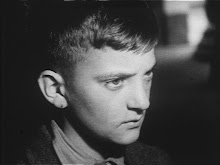









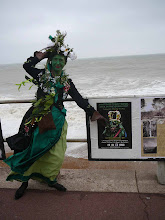






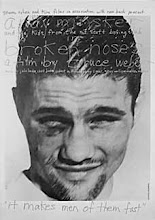
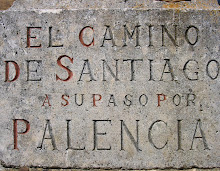

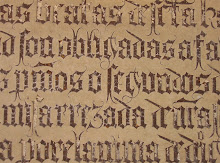

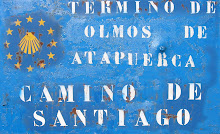



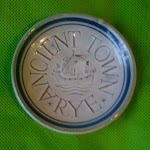
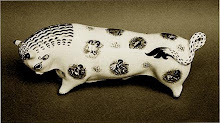
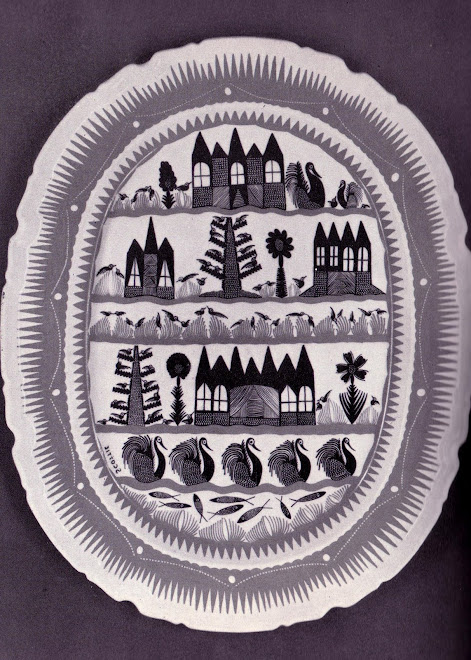
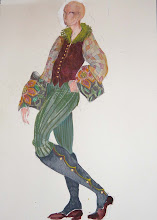

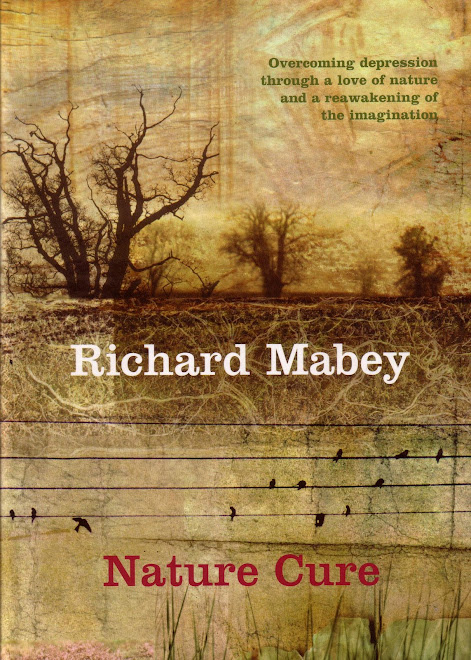



ah, to be by the sea... to be hear the chug of boats departing for new lands... to be far from Peckham...
ReplyDeleteGraham, very interesting post...the fate of the 24 shops and businesses can be found in The Story of High Street by Alan Powers and James Russell - recently published by the Mainstone Press in December 2008.
ReplyDeleteI am about to become the owner of a limited edition of 'Newhaven Harbour 1937' and I'm interested to know why it is described as 'Newhaven Harbour' remains the largest of Ravilious's printed works, and the rarest. Does anyone know why it is rare?
ReplyDelete